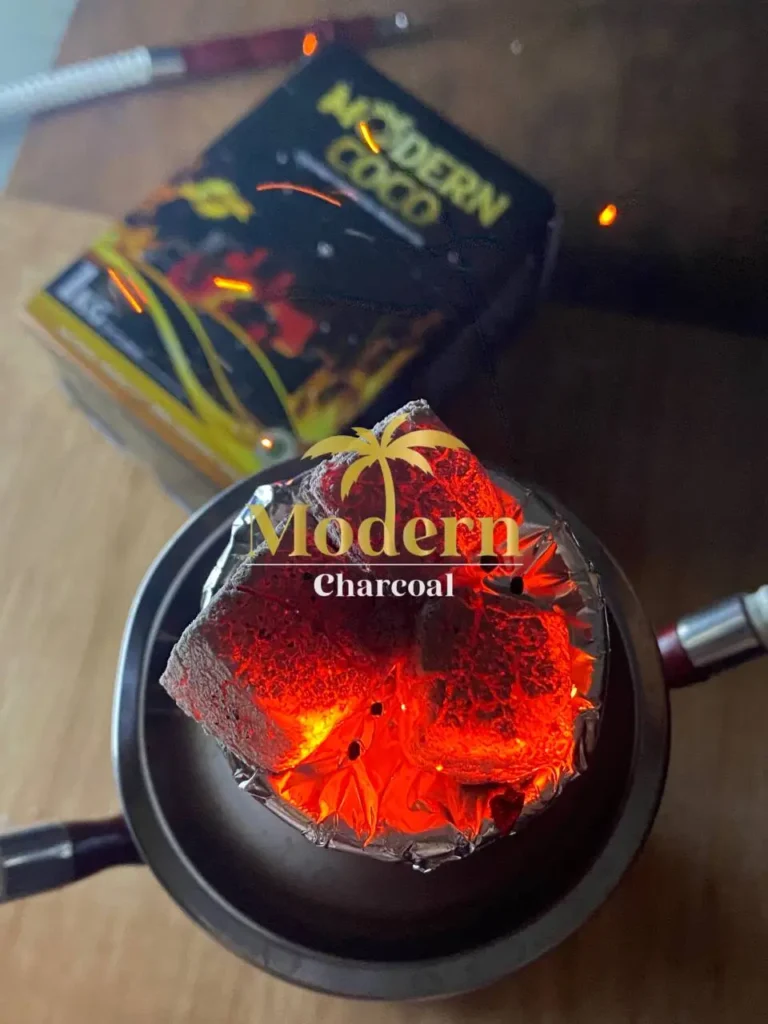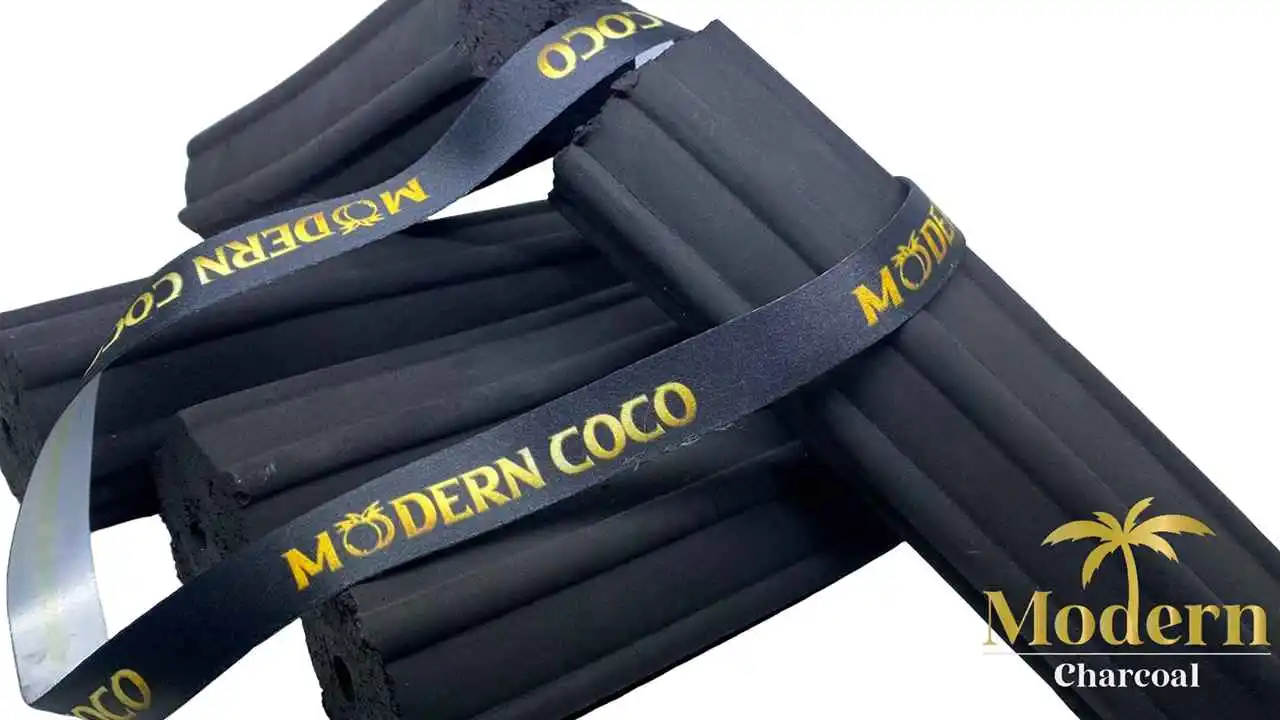Hookah, also known as shisha or narghile, has been a popular tradition for centuries, originating in the Middle East and spreading globally. The heart of the hookah experience lies not just in the tobacco or the intricacy of the pipes, but significantly in the choice and use of hookah charcoal. Understanding the nuances of hookah charcoal is essential for both novices and connoisseurs alike, as it plays a crucial role in heating the tobacco and producing the smooth, flavorful smoke that hookah is renowned for. In this comprehensive guide, we delve into the world of hookah charcoal, covering its types, how to choose the right one, the proper way to light and manage it, and much more.
The Types of Hookah Charcoal
Hookah charcoal can be broadly classified into two categories: quick-lighting and natural. Each type has its unique properties, advantages, and disadvantages, catering to different preferences and situations. Charcoal for hookah comes in two primary forms: quick-light and natural. Quick-light charcoal is infused with chemicals that allow it to ignite easily with the flick of a lighter, but it can impart unwanted flavors to your smoke. Natural charcoal, on the other hand, is made from compressed wood or coconut shells and burns cleanly, enhancing the purity of your hookah session. One of the most significant advantages of using coconut charcoal for your hookah is its superior heat retention and even burning properties. This means you can enjoy longer, smoother sessions without the hassle of constantly replacing burnt-out coals. The consistent heat also ensures that your shisha tobacco is heated evenly, allowing you to fully appreciate the rich flavors and aromas of your favorite blends.
Another benefit of coconut charcoal hookah is its minimal ash production. Unlike traditional charcoal, which can leave behind a messy residue, coconut charcoal produces very little ash, resulting in a cleaner smoking experience and easier cleanup afterwards.
Quick-Lighting Charcoal:
As the name suggests, quick-lighting charcoals are designed for convenience and speed. They are coated with a substance that ignites rapidly, often requiring just a lighter or a match to get started. This type of charcoal is ideal for hookah smokers who prioritize ease of use and are perhaps looking to enjoy their hookah without much preparation time. However, it’s worth noting that quick-lighting charcoals can sometimes impart a slight chemical taste to the smoke, due to the substances used to make them ignite quickly.
Natural Charcoal:
Made from compressed coconut shells, bamboo, or other woods, natural charcoals are the preferred choice for purists and those seeking a cleaner smoking experience. They take longer to light, usually requiring a charcoal burner or an electric stove, but burn cleaner and longer than their quick-lighting counterparts. Natural charcoals are free from the chemicals found in quick-light charcoals, providing a purer taste that allows the true flavor of the hookah tobacco to shine through.
Choosing the Right Hookah Charcoal
The choice between quick-lighting and natural charcoal often comes down to personal preference, convenience, and the specific circumstances under which you’re enjoying your hookah. Here are some considerations to help you make the right choice:
– Taste and Purity:
If you’re a flavor enthusiast who wants to experience the tobacco’s authentic taste, natural charcoal is your best bet. Its absence of chemicals ensures that nothing interferes with the tobacco’s flavor.
– Convenience:
For those who value convenience or are perhaps smoking hookah in a setting where lighting natural charcoal is impractical, quick-lighting charcoal is the way to go.
– Duration of the Session:
Natural charcoals tend to last longer than quick-lighting ones, making them a more economical choice for extended smoking sessions.
– Environmental Concerns:
Natural charcoals are generally more environmentally friendly, especially those made from sustainable resources like coconut shells.
Lighting and Managing Hookah Charcoal
Lighting and managing your hookah charcoal correctly is vital for a satisfying smoking experience. Here are some tips for both types of charcoal:
Quick-Lighting Charcoal:
– Light the charcoal with a lighter or match until it starts to spark.
– Wait until the entire surface is glowing red and the sparking has stopped, indicating it’s ready to be placed on the hookah bowl.
Natural Charcoal:
– Place the charcoal pieces on a charcoal burner or electric stove.
– Turn them occasionally, ensuring they are evenly lit, which usually takes about 8-10 minutes.
– Wait until the charcoals are glowing orange and are covered with a thin layer of ash before placing them on the hookah bowl.
Regardless of the type of charcoal you use, proper heat management is key. This involves controlling the amount of heat that reaches the tobacco. Too much heat can burn the tobacco, leading to a harsh and unpleasant taste, while too little heat may not produce enough smoke. You can manage the heat by adjusting the number of charcoal pieces on the bowl and their placement. Additionally, using a wind cover can help control the temperature and protect the coals from going out in outdoor settings.
Safety and Storage
Safety should always be a priority when handling hookah charcoal. Always use heat-resistant tongs to handle the coals and light them in a well-ventilated area to avoid inhalation of fumes, especially with quick-lighting charcoal. Store your charcoal in a dry, cool place to keep them in the best condition and prevent accidental ignition.
Conclusion
The choice of hookah charcoal significantly affects your smoking experience, influencing everything from the flavor to the duration and enjoyment of your session. Whether you prefer the convenience of quick-lighting charcoal or the purity of natural charcoal, understanding the characteristics, advantages, and proper usage of each will enhance your hookah experience. By selecting the right charcoal, lighting it correctly, and managing the heat with care, you can ensure a smooth


